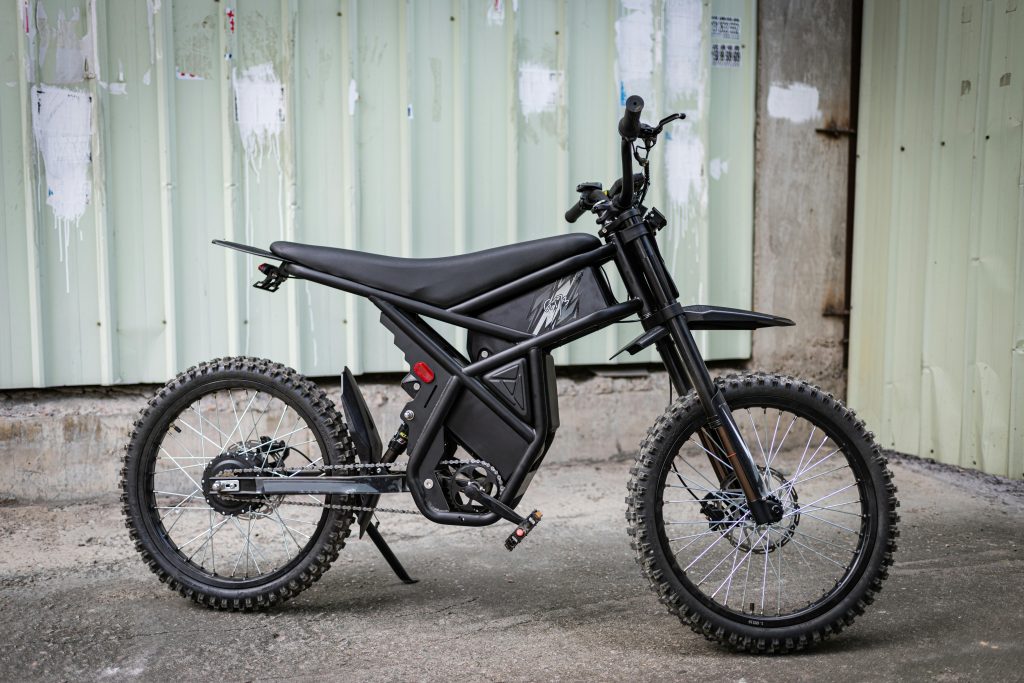Electric vehicles (EVs) are rapidly transforming the automotive industry, and at the heart of this revolution are advanced battery technologies. Two of the most popular lithium-ion battery chemistries used in EVs today are Lithium Iron Phosphate (LFP) and Nickel Manganese Cobalt (NMC). While both power modern electric cars, they differ significantly in performance, cost, safety, and longevity. Understanding these differences is crucial for consumers, manufacturers, and policymakers alike. This article explores the key distinctions between LFP and NMC batteries, their advantages, and their drawbacks to help you make an informed decision.
What Are LFP and NMC Batteries?
Before diving into the differences, it’s essential to understand what LFP and NMC batteries are and how they function.
LFP (Lithium Iron Phosphate) Batteries
LFP batteries use lithium iron phosphate (LiFePO₄) as the cathode material. They are known for their stability, long cycle life, and lower risk of thermal runaway. LFP batteries have been widely adopted in energy storage systems and are increasingly being used in EVs, particularly in China, where companies like BYD and Tesla (for some models) rely on them.
NMC (Nickel Manganese Cobalt) Batteries
NMC batteries use a combination of nickel, manganese, and cobalt in their cathodes, typically in varying ratios (e.g., NMC 811, NMC 622). These batteries are favored for their high energy density, making them ideal for EVs that require longer driving ranges. Major automakers like Tesla, BMW, and Volkswagen use NMC batteries in many of their electric models.
Key Differences Between LFP and NMC Batteries
While both LFP and NMC batteries serve the same fundamental purpose—storing and delivering energy—they differ in several critical aspects.
Energy Density
Energy density refers to the amount of energy a battery can store relative to its weight or volume. NMC batteries generally offer higher energy density (around 200-250 Wh/kg) compared to LFP batteries (around 90-160 Wh/kg). This makes NMC batteries better suited for long-range EVs, where maximizing range in a compact space is essential.
Cycle Life
Cycle life indicates how many charge-discharge cycles a battery can endure before its capacity significantly degrades. LFP batteries excel here, often lasting 3,000-5,000 cycles or more, while NMC batteries typically last 1,000-2,000 cycles. This makes LFP batteries more durable over time, especially for applications like energy storage or fleet vehicles.
Safety and Thermal Stability
LFP batteries are inherently safer due to their stable chemistry, which reduces the risk of thermal runaway (a dangerous overheating condition). NMC batteries, while generally safe, are more prone to thermal issues, especially under extreme conditions like fast charging or high temperatures.
Cost and Material Availability
LFP batteries are typically cheaper because they use iron and phosphate, which are abundant and less expensive than the nickel and cobalt required for NMC batteries. Cobalt, in particular, is costly and has ethical concerns tied to its mining practices. As a result, LFP batteries are becoming increasingly popular for budget-friendly EVs.
Pros and Cons of LFP Batteries
LFP batteries have distinct advantages and disadvantages that make them suitable for specific applications.
Pros
- Longer Lifespan: With a higher cycle life, LFP batteries degrade slower, making them ideal for long-term use.
- Enhanced Safety: Their stable chemistry minimizes fire risks, even under harsh conditions.
- Lower Cost: Iron and phosphate are cheaper and more readily available than cobalt and nickel.
- Eco-Friendly: No cobalt or nickel reduces environmental and ethical concerns.
Cons
- Lower Energy Density: Heavier and bulkier, limiting their use in high-performance or long-range EVs.
- Cold Weather Performance: LFP batteries can struggle in extremely low temperatures, reducing efficiency.
Pros and Cons of NMC Batteries
NMC batteries offer a different set of benefits and drawbacks, making them a preferred choice for certain EV applications.
Pros
- Higher Energy Density: Enables longer driving ranges without significantly increasing battery size.
- Better Performance in Cold Climates: More efficient than LFP in low temperatures.
- Fast Charging Capability: Supports rapid charging, which is crucial for consumer EVs.
Cons
- Shorter Lifespan: Degrades faster than LFP, requiring earlier replacement.
- Higher Cost: Expensive materials like cobalt drive up production costs.
- Safety Concerns: More prone to overheating if not properly managed.
- Ethical Issues: Cobalt mining raises human rights and environmental concerns.
Which Battery Is Right for Your EV?
The choice between LFP and NMC batteries depends on your priorities. If you value longevity, safety, and cost-effectiveness, LFP is an excellent option, especially for urban commuting or stationary storage. However, if you need maximum range, fast charging, and performance in cold climates, NMC batteries may be the better choice despite their higher cost and shorter lifespan.
Manufacturers are also exploring hybrid solutions, combining the strengths of both chemistries to optimize performance. For example, some EVs use NMC for high-performance models and LFP for entry-level variants.
Conclusion
LFP and NMC batteries each have unique strengths and weaknesses, making them suitable for different applications in the EV market. LFP batteries shine in terms of safety, longevity, and affordability, while NMC batteries offer superior energy density and performance. As battery technology continues to evolve, we may see further innovations that bridge the gap between these two chemistries. For now, understanding their differences helps consumers and businesses make informed decisions
